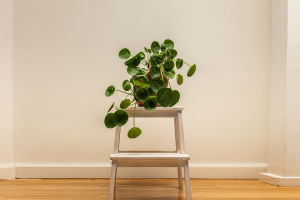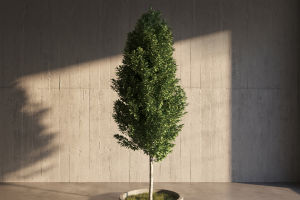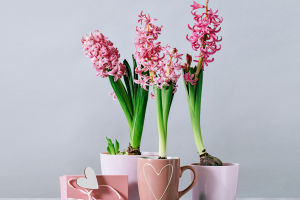We all know how much a little greenery can brighten up our homes. Whether it's for adding a touch of nature or for its soothing effects, plants can transform a space.
Recently, I've been decorating my home with various shade-loving houseplants like the popular watermelon peperomia, creeping charlie, nerve plant, guzmania, and mirror grass. These plants share a common trait: they're compact, making them perfect for tabletops or windowsills without overwhelming the space.
If you're also looking to add some small yet stylish potted plants to your indoor decor, let me introduce you to the Black Leaf Taro (Black-leafed Alocasia). This plant is perfect for places with indirect light, such as semi-shady spots or bright areas where it won't be exposed to direct sunlight. Its small size and unique look make it an excellent choice for smaller spaces.
Different Varieties of Black Leaf Taro
The Black Leaf Taro, or Black-leafed Alocasia, belongs to the Araceae family, specifically the Alocasia genus. It's part of the arrow-leafed species, with its leaves shaped like arrows. There are several varieties, including Zebra Alocasia and Arrow Alocasia.
A common variety of the Black Leaf Taro is the "Little Fairy", a compact and charming plant, easily found in most plant shops or flower markets. It's affordable, often sold without pots, and can cost as little as a few bucks. On the other hand, the "Big Fairy" is a larger version with more prominent veins and wavy-edged leaves. If you prefer a larger shade-loving plant, the Big Fairy is a great option.
There's also a variation known as the Black Velvet Alocasia, sometimes called Purple Velvet Alocasia. Its thick, round leaves give it a cute and unique look, but it comes at a higher price, usually ranging from 30 to 50 yuan for a small pot.
Basic Care for Black Leaf Taro
These different varieties of Black Leaf Taro share similar care needs. They originate from tropical and subtropical rainforests, thriving under tree canopies with plenty of indirect light and high humidity. If you're planning to keep one at home, here's how to care for it:
1. Provide Proper Light
When caring for the Black Leaf Taro, it's important to avoid placing it in direct sunlight, especially during the hot summer and autumn months. The sun can burn the leaves, causing unsightly brown spots. Morning or evening sunlight is best for its growth.
However, don't place it in an overly shaded area either, as too much shade will cause the plant to become leggy, with pale green leaves. The plant may also develop weak stems that can't support its growth properly.
2. Soil Moisture and Watering
Black Leaf Taro loves moisture, so make sure the soil doesn't dry out completely. It's important to water the plant thoroughly when the top 3 to 5 centimeters of soil feels dry. However, avoid overwatering, as the plant's roots don't like to be constantly submerged in water. If the soil becomes completely dry, it's best to water by soaking the pot, allowing the soil to absorb water from the bottom.
5. Propagation and Other Care Tips
One important note: while Black Leaf Taro doesn't usually face pest issues, poor ventilation in a humid environment can lead to leaf rot. So, if your home tends to be stuffy, reduce watering and avoid spraying water directly on the leaves.
For propagation, you can divide the plant into smaller sections. Make sure the environment is warm, well-ventilated, and has plenty of indirect light. When the small offshoots at the base grow bigger, you can transplant them during the spring.
As a member of the Araceae family, the Black Leaf Taro is toxic if ingested, so keep it out of reach of pets and children. Its toxins are defensive, so they won't release into the air but can cause discomfort if consumed.
Conclusion
In conclusion, the Black Leaf Taro is a beautiful and easy-to-care-for plant that adds a touch of elegance to your indoor garden. Its small size, stunning foliage, and low maintenance needs make it perfect for small spaces like tabletops and windowsills. Whether you choose the compact "Little Fairy" or the larger "Big Fairy," this plant is sure to make a statement in your home.
Do you have a Black Leaf Taro at home, or are you thinking about getting one? Let us know in the comments, Lykkers!
12 of The Healthiest Plants To Have In Your House For A Healthy Lifestyle
Video by Horizons Health







